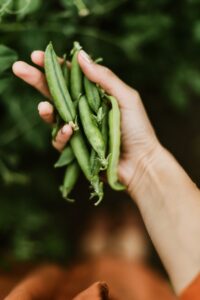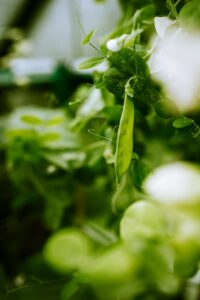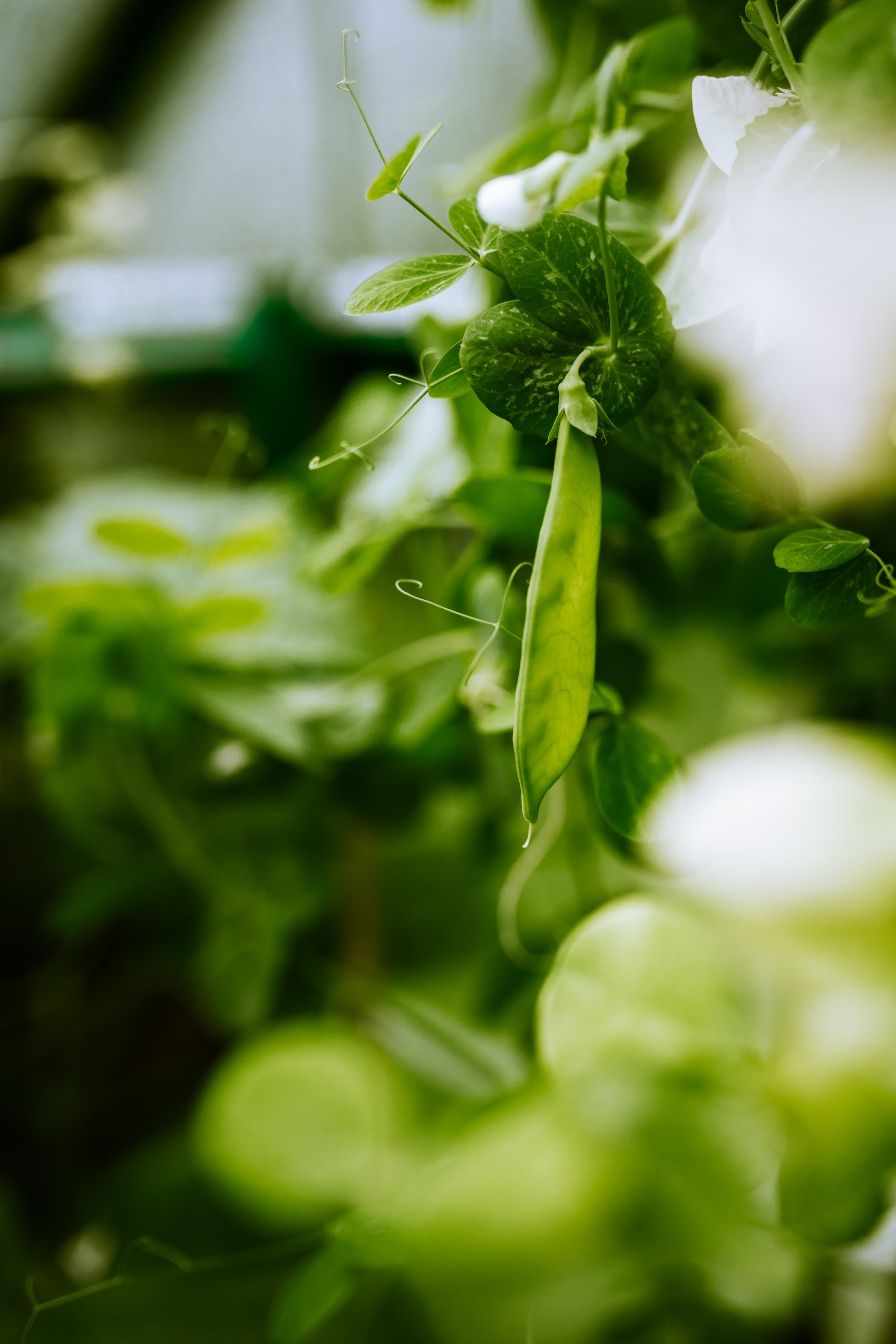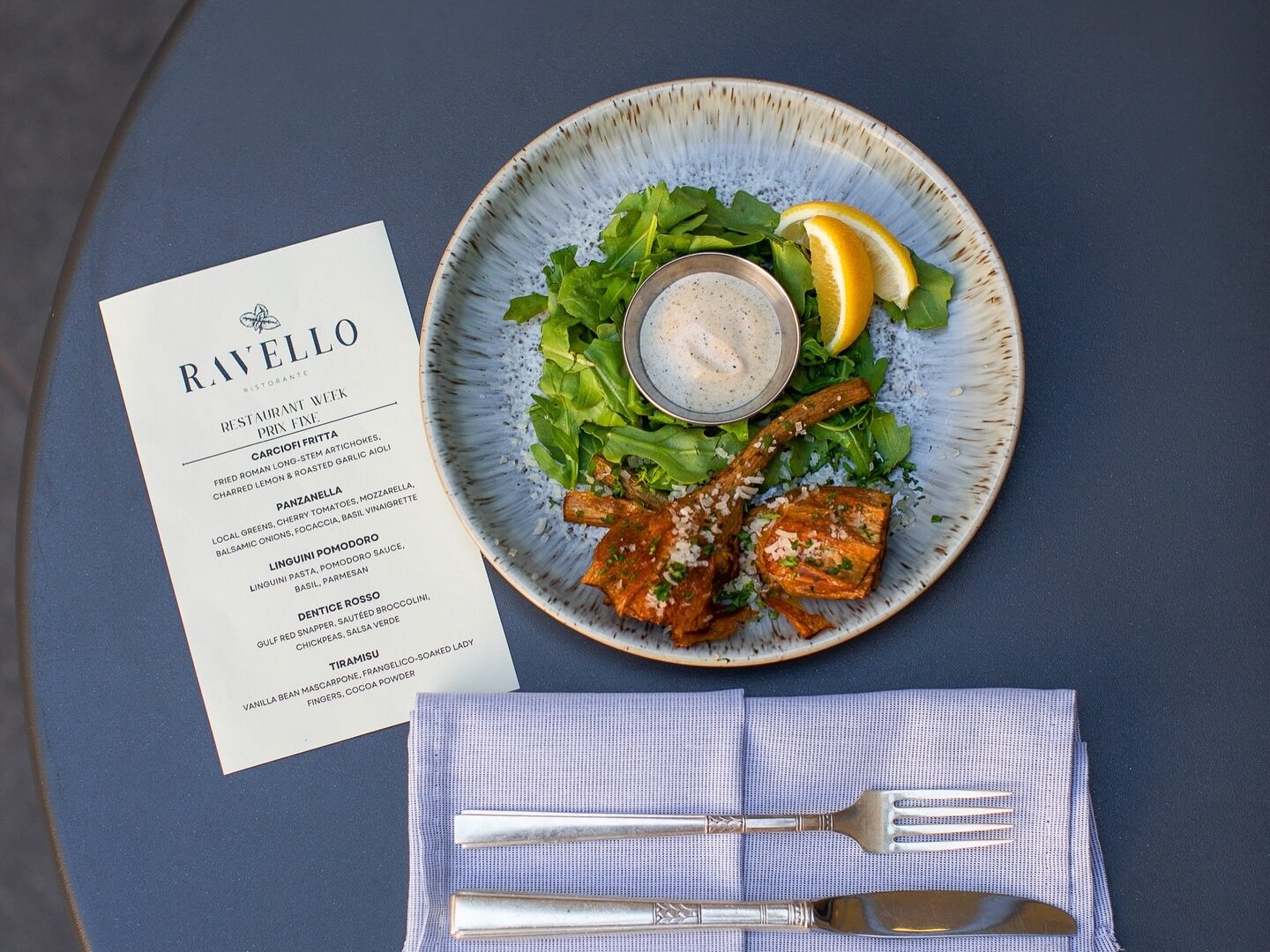
(Daiga Ellaby/Unsplash)
If you love fresh field peas, this is your time of year. From now until fall, Alabama-grown legumes are abundant, from crowder peas and black-eyed peas to their summertime companions, lima beans.
They will grace salads, sides, and main dishes; be added to soups or stews, fried as fritters, and star in quintessentially Southern dishes like burgoo and Hoppin’ John.
Also known as cowpeas, field peas are the umbrella name for a wide range of legumes grown worldwide as crops to nourish people, livestock, and soil. The names used to describe them can get confusing. These “peas,” for instance, actually are beans (as opposed to those bright-green orbs commonly called “garden peas”).
Alabama’s sticky heat is a perfect growing environment, especially in the sandy soil that proliferates in the southern half of the state. Field peas adapt well to low-rain conditions, also suiting them to our summers.
Among the world’s oldest cultivated crops, field pea vines produce long pods that must be opened to get to the nutritious legumes they hold. Most crop beans are dried, preserved for future meals and global distribution.
The relative perishability of fresh field peas limits how far from the farm they are distributed, making them a mostly local product. Find them at nearby farmers markets and stands, as well as select grocers.
Unlike their dried counterparts, fresh legumes do not require an inconveniently long pre-cook soaking. Cooked fresh field peas tend to have a softer texture than those made from dried, and their fuller flavor also doesn’t necessarily need a boost from smoked pork. Butter often is the best fat, especially when cooking the branch of the field pea family known as cream peas.
Mildly-flavored cream peas, including the Alabama-favorite lady pea variety, are named for their creamy-light color. In crowders, another branch of the field pea family, the beans crowd together in the pod. A third branch, purple-hulled, is the most familiar, producing peas with a colored splotch that resembles an “eye.”
While field peas are imports to the Americas – they were first cultivated 5,000 – 6,000 years ago in West Africa – lima beans trace their roots to Peru near its current capital, Lima. Also commonly known as butterbeans (although technically they are not), most limas are kidney-shaped. Varieties that are smaller and round are sometimes called butter peas.
Peas. Beans. Crowders. Creams. Here’s a primer to sort out the Alabama-grown legumes available this summer.

(Aleksandra Boguslawska/Unsplash)
Purple Hull Peas (“-eyed”)
Grown on trellises and producing purple-and-green pods, the legumes are distinguished by their eyes – black, purple, pink to light-red markings that contrast with the lighter main color of the bean. Aficionados swear the more common black-eyed variety is inferior in flavor and texture to its purple- and pink-eyed kin.
Crowder Peas
This family of cowpeas gets its name from how the legumes crowd each other in the pod. These hearty round peas cook up plump and slightly sweet, producing a rich, sometimes dark pot liquor.
Lady Peas
Part of the subset known as cream peas, this variety is a chef favorite. Elegantly dainty with a delicate shape and flavor, the pale-green beans produce a clear pot likker. They are a mainstay on the Wednesday vegetable plate at Bottega Café.
Zipper Peas
Another branch of the cream-pea clan, they also are mild in flavor. Shelled zipper peas are small and vary in color from pale yellow to light brown. They are easy to hand-shuck, too. Their string easily opens the pod like a zipper, hence the name.
Lima Beans/Butter Beans
Butter beans and lima beans are distinct varieties of the same plant species, which have been cultivated in the Americas for some 8,000 years. But while the two names are used fairly interchangeably here, butter beans and limas have different textures. Native American people have long combined lima beans with two other New World foods – corn and squash – into succotash, a healthy, sustaining dish that’s now considered a Southern classic.
Alabama-grown variations abound, including an heirloom variety, the Alabama black-eye lima bean. The Alabama Butterbean Festival in Pinson, the state’s second-largest community festival, is set this year for October 6 and 7.
[/fusion_text][/fusion_builder_column][/fusion_builder_row][/fusion_builder_container]




